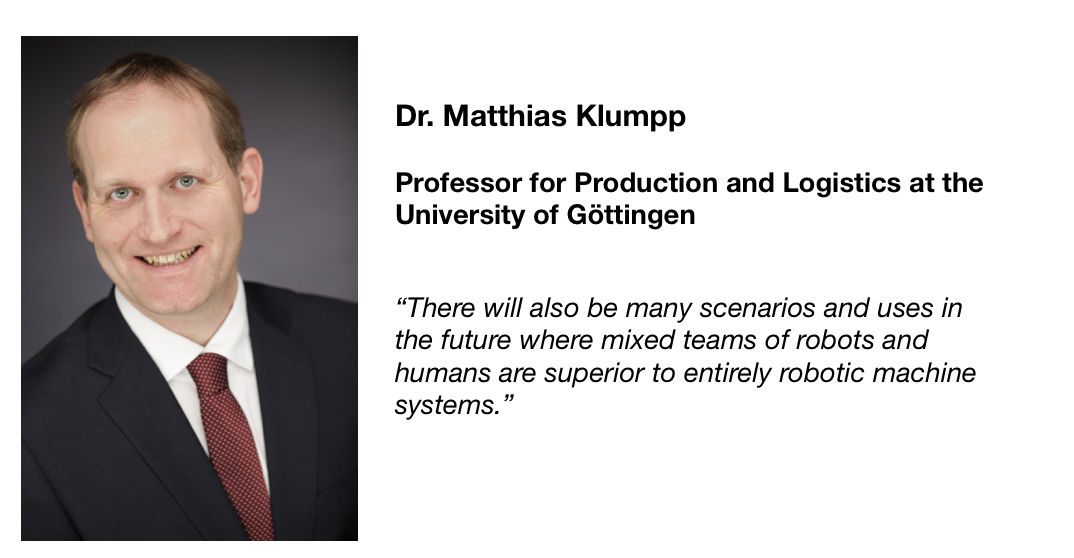Advances in technology have led to more and more tasks being automated or digitised. There is little doubt that automation can provide potential time and cost savings, but does that mean fully automated teams are always superior?
According to a recent study published in the International Journal of Advanced Manufacturing Technologies, humans and machines work best in mixed environments where automated systems and humans collaborate – outperforming environments of just humans or environments of just robots.
An interdisciplinary team of researchers from the universities of Göttingen, Duisburg-Essen and Trier, simulated a process from production logistics and assigned transport tasks to a team of human drivers, a team of robots and a mixed team of humans and robots. The researchers measured the time they needed.
The results of the simulation revealed that the mixed team of humans and robots beat the others – its coordination of processes was the most efficient and caused fewer accidents.
This was an unexpected result given that the highest levels of efficiency are typically assumed to belong to fully automated systems.

The first author of the study, Professor Matthias Klumpp from the University of Göttingen, commented:
“This brings a crucial ray of hope when considering efficiency in all discussions involving automation and digitisation.
“There will also be many scenarios and uses in the future where mixed teams of robots and humans are superior to entirely robotic machine systems. At the least, excessive fears of dramatic job losses are not justified from our point of view.”
The study, titled “Production logistics and human-computer interaction—state-of-the-art, challenges and requirements for the future,” was first published online earlier this month (full citation below).
Citation
“Production logistics and human-computer interaction—state-of-the-art, challenges and requirements for the future”
Klumpp, M., Hesenius, M., Meyer, O. et al. Int J Adv Manuf Technol (2019). https://doi.org/10.1007/s00170-019-03785-0

